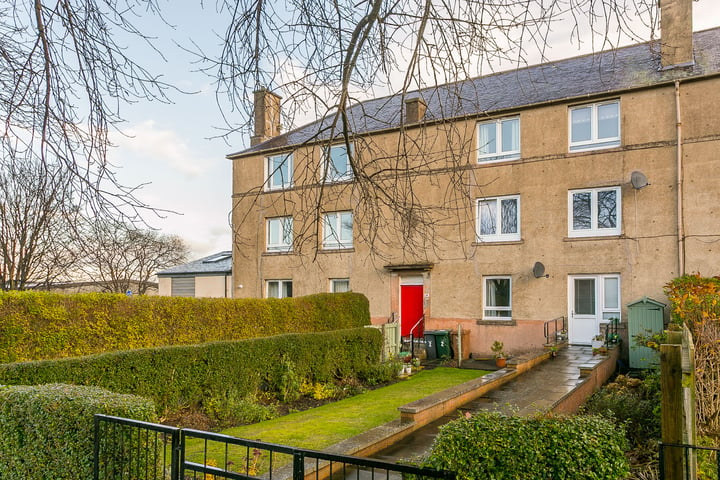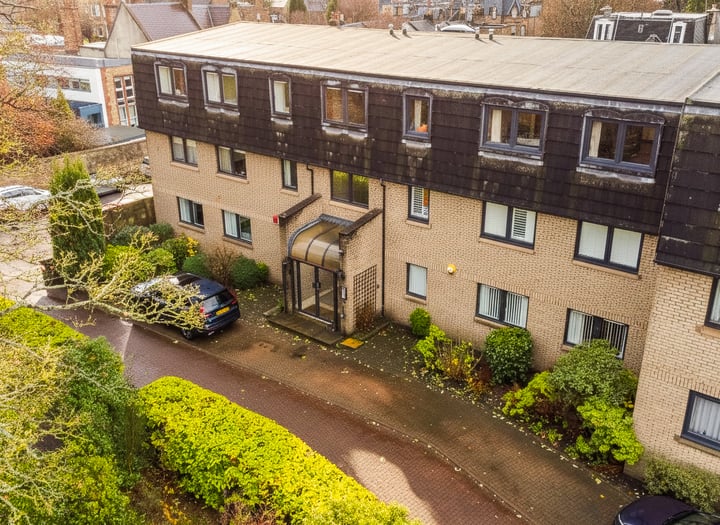When marketing a property, you might think that the most important aspects in presenting the property would be top-quality photographs and a beautifully-written description. However, recent research suggests that floorplans are also at the top of the list for buyers. So why, if you are selling, is getting a floorplan an absolute must?
A study by the UK’s largest property website, Rightmove, of around 10,000 respondents, showed that over one-third of buyers were less likely to enquire about a property without a floorplan. The research also showed that one in five potential buyers would ignore a listing that did not contain a floorplan, only going back to it if they were unable to find something else that caught their eye (http://www.rightmove.co.uk/news/articles/property-news/maximise-chances-finding-buyer-floorplan).
In previous research by Rightmove it was shown that properties marketed with a floorplan created 30% more interest than properties without one.
These statistics highlight the importance of floorplans in today’s market and demonstrate that, quite simply, a floorplan increases your chances of selling your property!
Is a Floorplan As Important As Photography?
The research carried out by Rightmove showed that other than the number of photographs that the property has, a floorplan is the most important when looking for property. It is the photographer’s job to make the property look desirable and take the best images possible to appeal to potential buyers. The floorplan supports these images by providing a definitive picture of the property layout.
Why Do Buyers Want to See a Floorplan?
Buyers stated that they want to see a floorplan so that they could visualise the room layout, to see where rooms fit in relation to others rooms and to understand the flow of the property.
Dimensions are an important aspect. Buyers want to see clear dimensions so that they can assess whether the property meets their needs. These dimensions can be noted on the floorplan itself or beside the room descriptions, giving sense to the floorplan.
This allows buyers to picture the property as their own, rather than someone else’s, as they can see how their own furniture would fit in the space and see how they would live with the actual, or potential, layout, for example if they were looking to knock-through a wall or reconfigure the space. Alternatively, if they need to purchase furniture for the property, they can use the floorplan as a template for designing their new interior layout.
On a practical level, using a floorplan saves time for both buyers and sellers. From a buyer’s perspective, they don’t end up wasting time viewing properties that they don’t like the layout of or that don’t have the space they require. In return, sellers don’t waste time showing the property to people who will lose interest as soon as they are inside the door.
Is a Floorplan Only Useful Before a Viewing?
Floorplans aren’t only useful to buyers before a viewing: they can also help buyers to visualise the property after they have viewed it. This is particularly helpful where the potential buyers are considering making structural alterations to the property, such as knocking down walls or creating an additional room. A floorplan on a printed schedule can even allow a potential buyer to make notes and annotations when they are in the property, increasing ‘buy in’ from the potential buyer.
Floorplans can also make a property seem larger. It is possible to forget certain parts of the property after a viewing, especially lofts, basements, box rooms, pantries and cupboards where the space might be differently utilised by the potential buyer. By showing all the available space on the floor plan, this reinforces the overall size and the potential of the property with the result that perceived value is increased.
Conclusion
It is clear that floorplans are becoming increasingly important in the marketing of properties and that they provide a real advantage to sellers. The potential to increase interest and encourage viewings and sales means that, in our opinion, floorplans are a must when you are putting your property on the market.







Leave a Reply